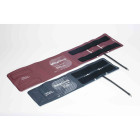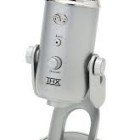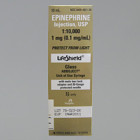
Aug 29, 2014
As technology evolves so does the user. The problem, however, is after a while, the user tends to become reliant on the technology. For example, I remember when I was handed my first pulse oximeter. It was a great new toy that I added to my BLS bag. Boy, I thought, what did I do before I had this neat little machine? The answer was simple though, I looked at my patient, assessed their capillary refill, and their work of breathing. As my career has progressed, I have become less and less dependent on pulse oximetry and more dependent on my assessment. But this post is not about pulse oximeters, it is about automatic blood pressure cuffs. Have you ever walked in to an emergency room bay with an agitated, hypoxic patient and turned them over to the ER staff, and seen them slap on an automatic cuff only to get a reading of 160/120? What do they do then? Document it and move on with their treatment. Is that BP true? Probably not, since your ears got 140/90 the whole way to the hospital. The fact is, many ERs that I have been in have become reliant on their auto cuffs, and EMS is following in suit. LP-15’s, the Zoll X-Series, the new Phillips monitors, they all come equipped with auto cuffs and personally, I have never found one that I liked. In a 15 minute transport time, especially when I am giving medications, I would much rather take a blood pressure with my own ears than rely on a machine that in my experience, more times than not gives me an inaccurate reading. Some people have developed a system for using their auto cuffs. If the BP is close to the one they got manually, they’ll go with it. But what happens when you are bouncing down the highway with a chest pain patient giving nitroglycerine to a chest pain patient? Are they still hemodynamically stable or did that second sublingual bottom their pressure out? You might think you have the full story, but that auto cuff could be lying to you. The reasons for an inaccurate reading on an auto cuff...







